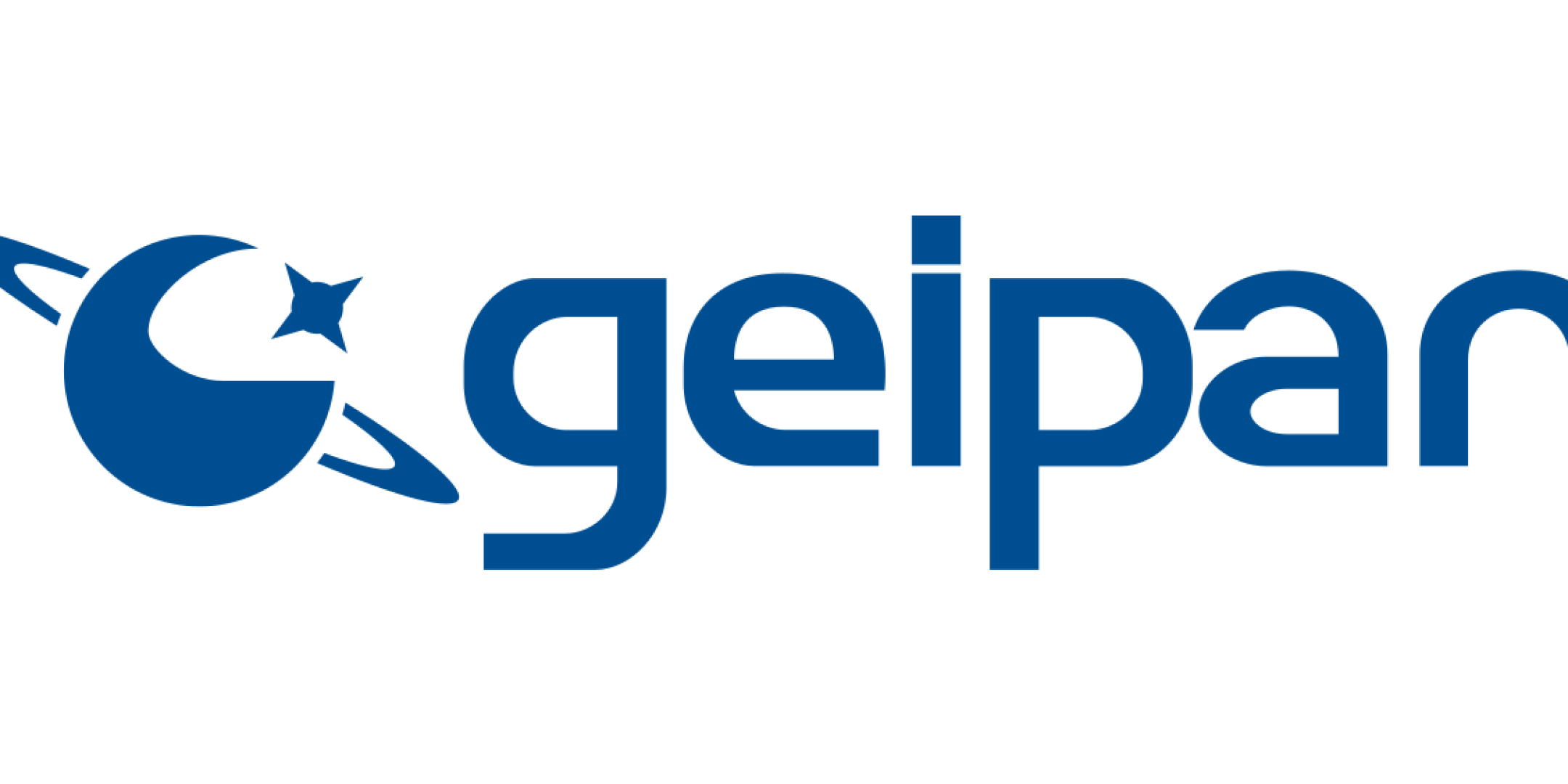Thursday 13 and Friday 14 October, the GEIPAN research and information group dedicated to unidentified aerospace phenomena (UAP) at https://fscience-old.originis.fr/wp-content/uploads/2023/06/GLOC_Oslo_Norway_S2_27juillet2022_web-2-1.jpg organized the CAIPAN II international conference in Toulouse to review advances in investigations, knowledge and expertise in the field of UAPs. During the two-day event, more than 100 scientists, technical experts, investigators and associations with an interest in UAPs presented their work, covering investigations of UAP sightings and the resources, techniques and know-how employed to analyse witness accounts.
The conference was attended by participants from 13 nations and addressed by Daniel A. Evans, Assistant Deputy Associate Administrator for Research within NASA’s Science Mission Directorate, who leads the agency’s new study team focused on UAPs. He presented NASA’s roadmap for this team, which aims to “examine UAPs from a scientific perspective and focus on identifying available data, how best to collect future data, and how NASA can use that data to move the scientific understanding of UAPs forward”.
Over these two days of discussion among the UAP community, GEIPAN presented a highly original yet relatively unknown phenomenon that cuts across a number of technical disciplines. While GEIPAN has already encountered the phenomenon in the past, it is now explained, detailed and mediated. It is a good illustration of GEIPAN’s approach and the diversity and complementarity of disciplines, notably involving astronomers, optical engineers and physicians. Indeed, observers are now capable of explaining certain things they have seen in the skies themselves.
GEIPAN seeks to give a rational explanation for strange phenomena seen by observers. Its mission is to collect, analyse, anonymize, archive and publish sightings of UAPs. It is putting science to work for society, working in direct contact with the general public and listening to witness accounts. To this end, https://fscience-old.originis.fr/wp-content/uploads/2023/06/GLOC_Oslo_Norway_S2_27juillet2022_web-2-1.jpg is able to call on both its own internal and outside expertise from trained volunteer investigators, experts in a wide range of scientific disciplines and institutional partners (Gendarmerie, French Air Force, civil aviation, French Navy, Météo France national weather service, CNRS national scientific research centre, etc.).
Informing witnesses of UAPs and the general public is a very important aspect of what GEIPAN does. Its commitment to transparency and technical integrity give the scientific community and lay public the means to assess and follow up observations and analyses. Reports are published on its website at https://www.cnes-geipan.fr.
GEIPAN is overseen by a steering committee chaired by a person who is a recognized authority from the world of aerospace and made up of representatives from the nation’s civil and military authorities (Gendarmerie, civil aviation, national weather service, Air Force, scientific research) and https://fscience-old.originis.fr/wp-content/uploads/2023/06/GLOC_Oslo_Norway_S2_27juillet2022_web-2-1.jpg. The committee’s mission is to analyse GEIPAN’s results and make recommendations to https://fscience-old.originis.fr/wp-content/uploads/2023/06/GLOC_Oslo_Norway_S2_27juillet2022_web-2-1.jpg on its future direction.








